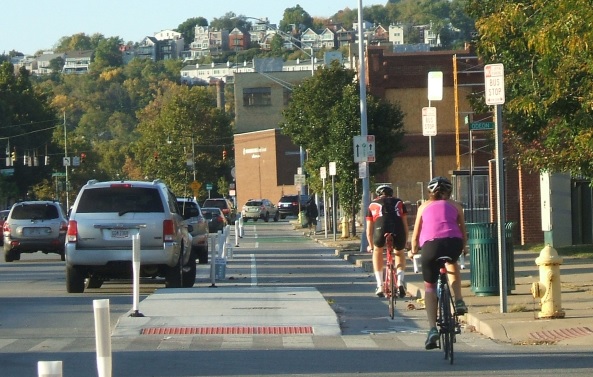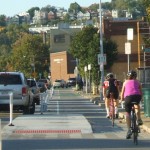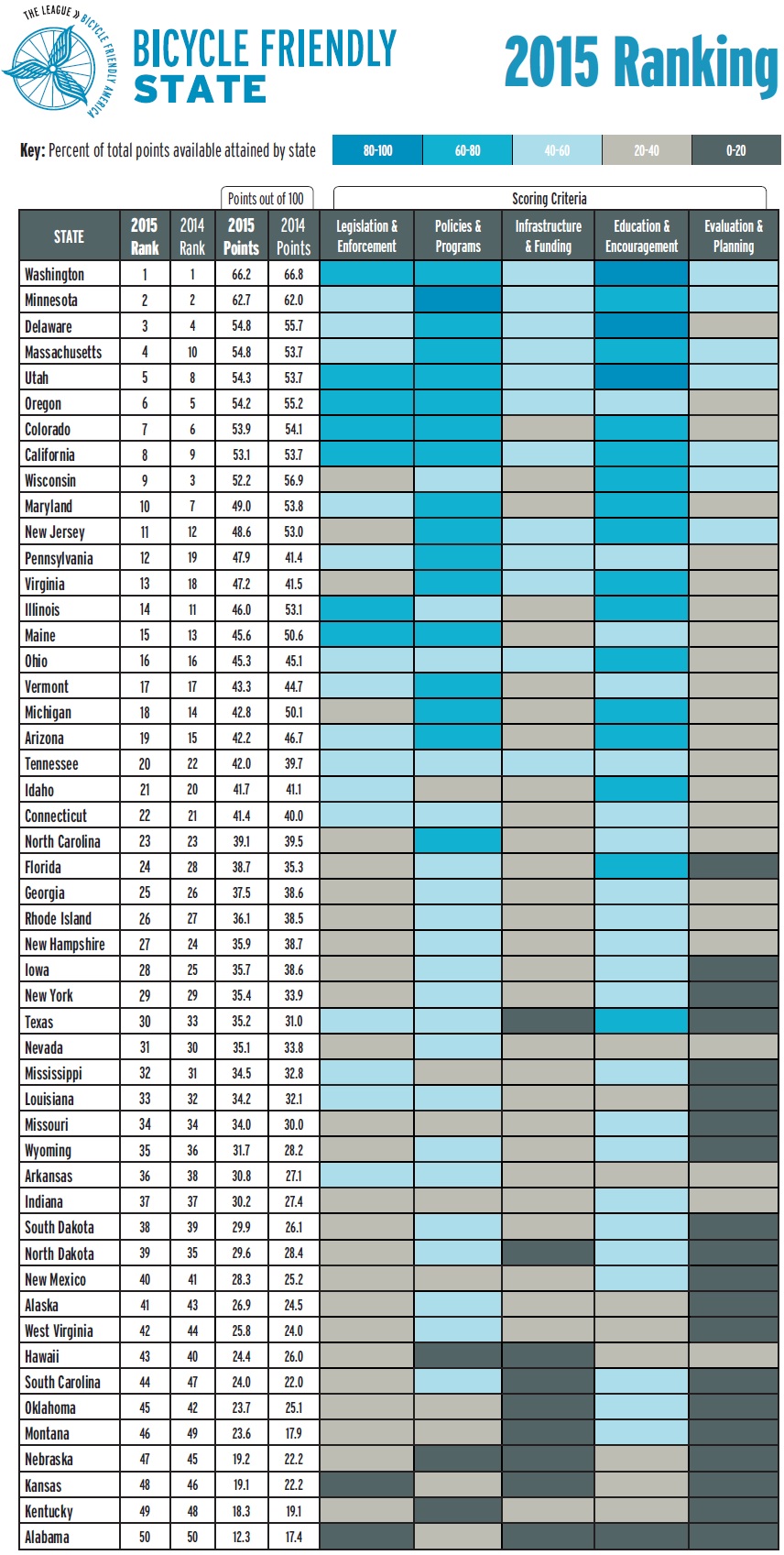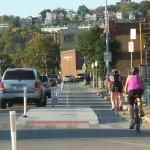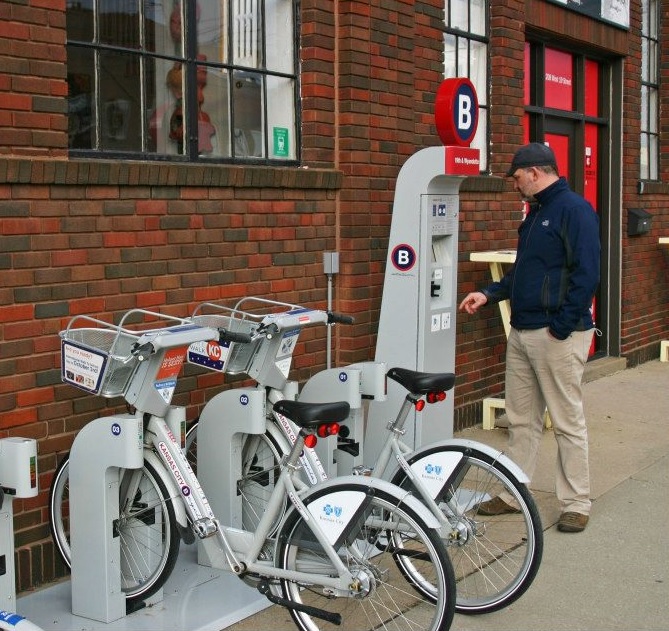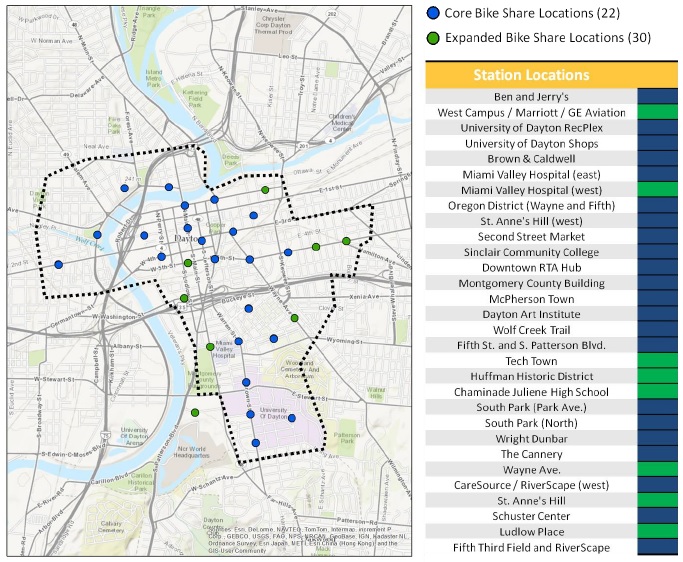Newly released data from the U.S. Census Bureau shows that the number of people commuting to work by bike continues to rise all across the United States. The League of American Bicyclists took an in-depth look at these numbers and found that Cincinnati is one of the fastest-growing bicycling cities in America.
According to the data produced by the American Community Survey, Cincinnati has the highest percentage of people commuting to work by bike of any city in Ohio.
This places the Queen City in 31st place for the largest percentage of bike commuters in America. Columbus and Cleveland come in at 36th and 40th, respectfully. Toledo, meanwhile, was the only other Ohio city to crack the top 70 and came in at 67th.
“Cincinnati is leading the state in establishing bicycle commuting as a viable means of active transportation,” Frank Henson, President of Queen City Bike‘s Board of Trustees, told UrbanCincy. “We are coming to an understanding that bicycle commuting is safe, sustainable and a healthy choice for everyday transportation.”
What is perhaps more telling is that Cincinnati registered the third-fastest growth rate of bicycle commuters in American from 2000 to 2014.
During that four-year period, ACS data shows that Cincinnati saw a 350% increase in its percentage of bicycle commuters, trailing only Pittsburgh (361%) and Detroit (403%), and edging out Portland, OR (307%). Cleveland also clocked in amongst the top ten in this category with a 238% increase; while Columbus registered a 124% increase. For Cincinnati this builds on its impressive showing over the previous decade where it was a Midwest leader.
Industry experts note that a common thread between many of the communities registering the fastest growth rates is increased investment in bike lanes.
In fact, it was in June 2010 when Cincinnati adopted and began implementing its Bicycle Transportation Plan, which calls for 445 miles of on-street and off-street bike paths by 2025. While that plan mostly calls for non-protected bike lanes, best practices have quickly evolved and now protected bike lanes, like the one on Central Parkway, are widely considered the safest and most efficient alternative.
“Ironically, these days when drivers yell at me for riding in the street, they are just as likely to yell ‘Get in the bike lane!’ as ‘Get off the street!”, explained Margy Waller, who helps organize several group bike rides throughout the year. “To me this suggests that drivers understand the value of the bike lane for all street users. Unfortunately, the drivers don’t seem to realize that most streets don’t have a bike lane, but I bet they’d support more of them.”
While the growth in the number of people commuting by bike is impressive, it still accounts for less than 1% of all commute-related trips in Cincinnati. Implementation of the Bicycle Transportation Plan has been important in notching these improvements over the past four years, but that progress has been slow and inconsistent.
